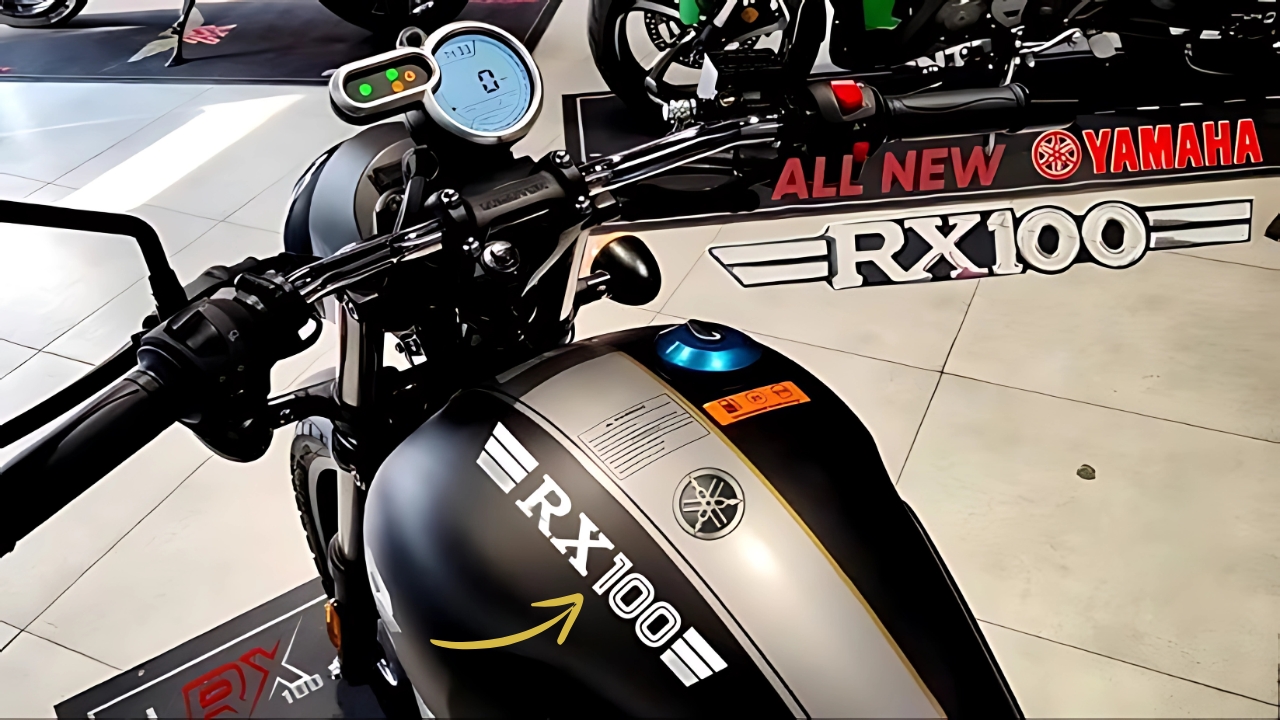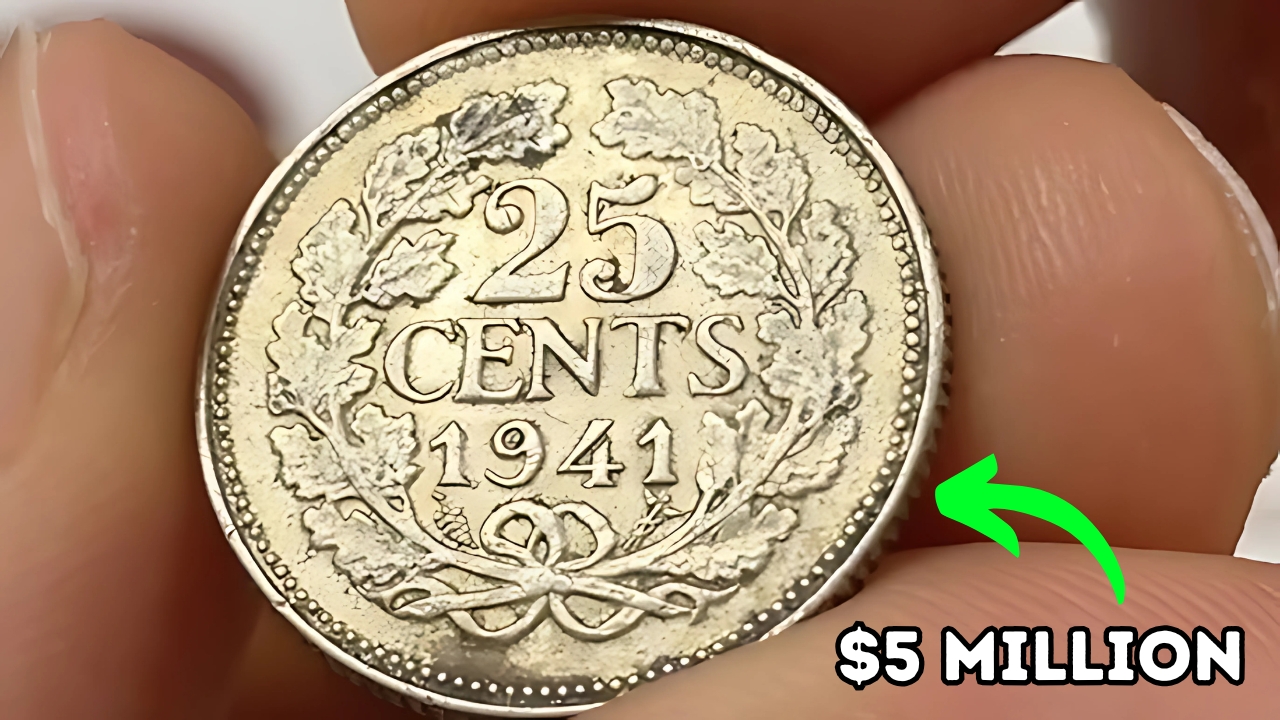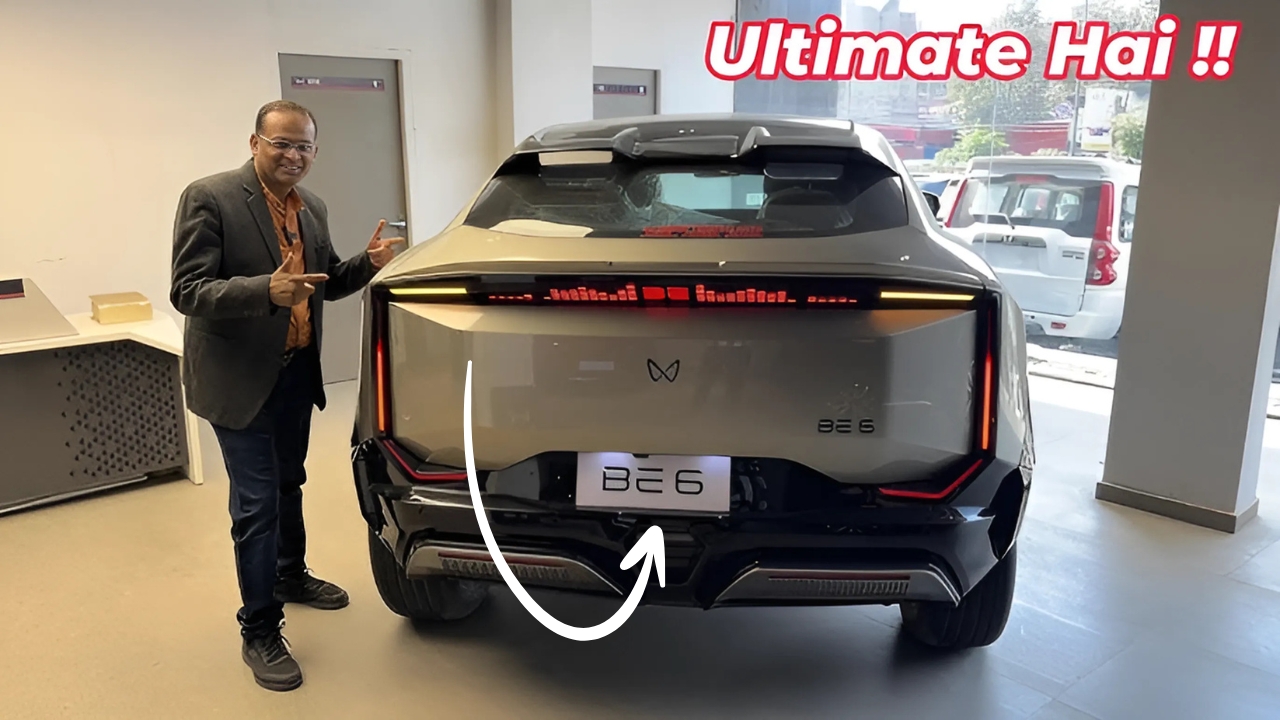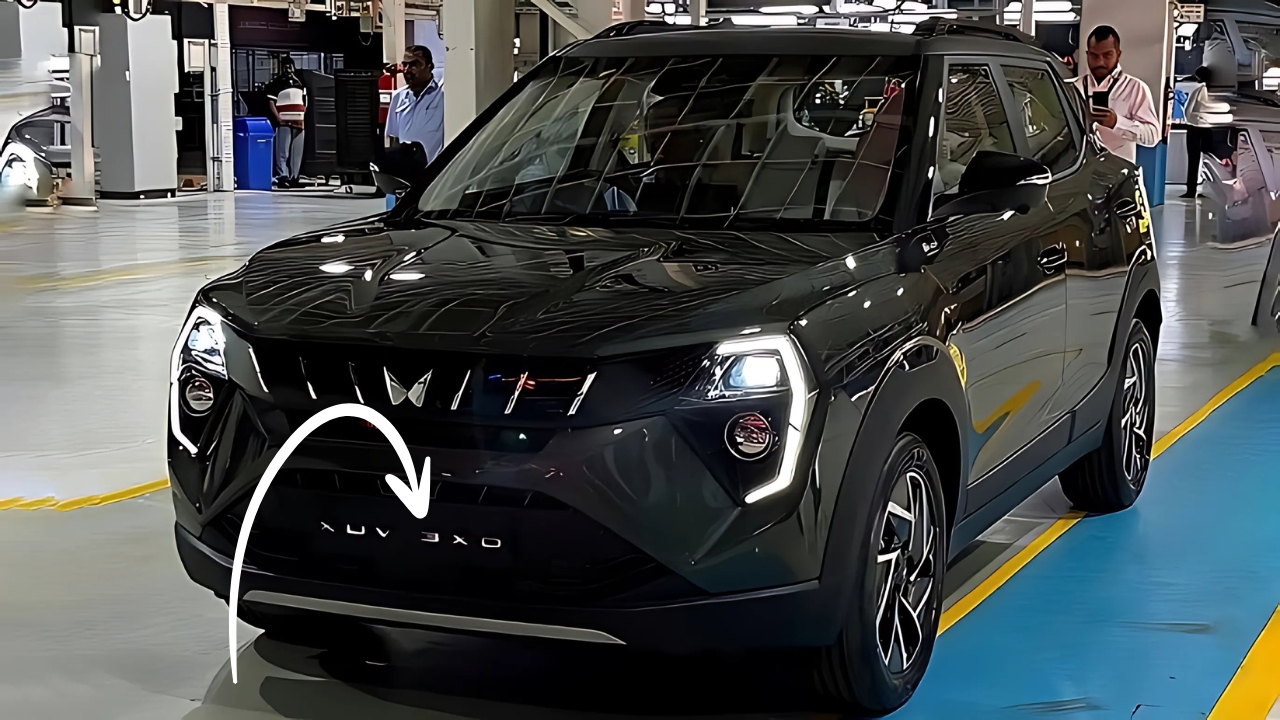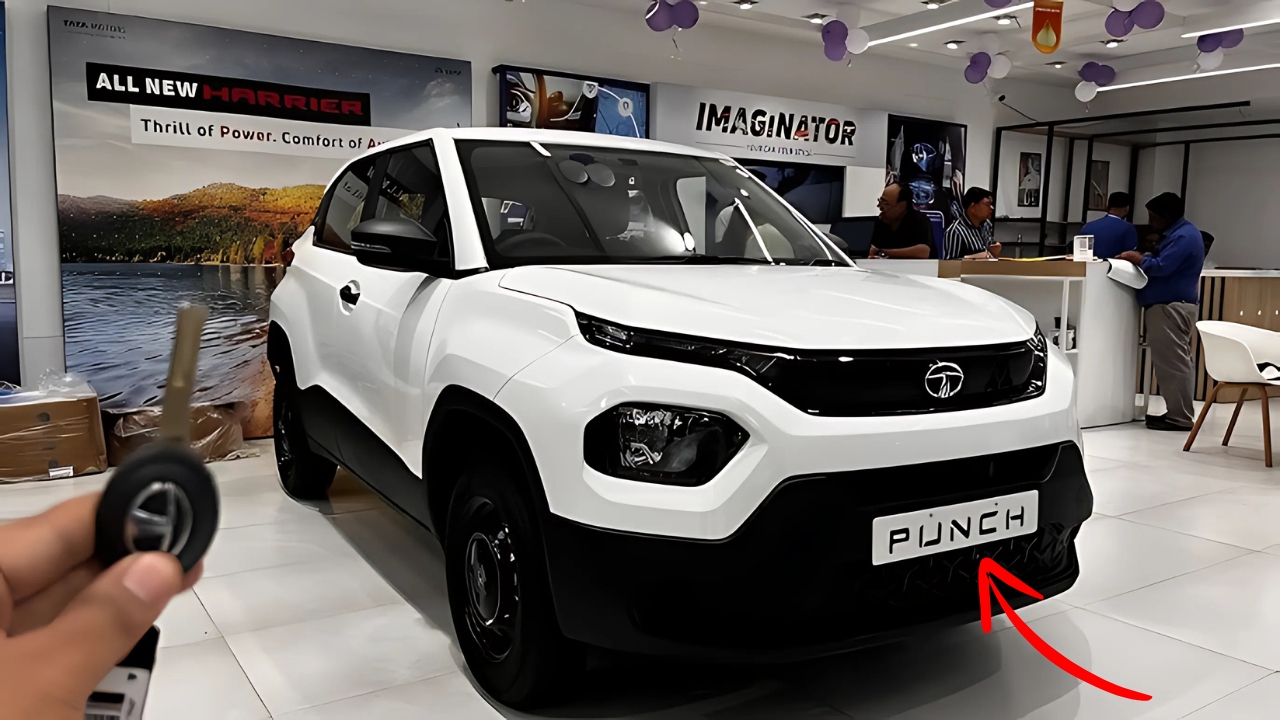In the realm of Indian biking, the Yamaha RX100 stands out as one of the most iconic models ever crafted.
This small yet mighty machine, known for its unique two-stroke roar, didn’t just dominate races; it captured the affection of countless riders.
As talks of its revival circulate, let’s embark on a nostalgic journey to revisit its legacy and speculate on what a modern version might bring.
The RX100 saga kicked off in November 1985, a time when Yamaha was reeling from the disappointing sales of the Rajdoot 350.
Inspired by the popular Suzuki AX 100, Yamaha made a bold move. And they certainly did not disappoint!
More than just a bike, the RX100 symbolized a revolution on two wheels. With its featherlight frame paired with a spirited 98cc two-stroke engine, it boasted an impressive power-to-weight ratio that left larger competitors in the dust.
Imagine a lightweight boxer packing a heavyweight’s punch!
So, what was the secret behind the RX100’s charm? It starts with its engine, a brilliant blend of simplicity and efficiency.
The air-cooled, reed valve two-stroke single produced 11.2 hp and 10.39 Nm of torque.
While these figures may seem modest in the age of 200 hp superbikes, they were electrifying enough to ignite excitement on the streets back then.
However, it wasn’t merely about raw power. The way the RX100 handled its energy contributed significantly to its allure.
Its light frame made it feel as though the bike was an extension of the rider.
Navigating through corners felt effortless, reminiscent of an eager pup chasing after a ball.
Twist the throttle, and the RX100 surged forward in thrilling bursts, ensuring that grins were a commonplace sight among riders.
But the most memorable trait of the RX100 was undoubtedly its sound. That signature two-stroke roar was like a love song to motorcycle enthusiasts.
It wasn’t just noise; it beckoned speed enthusiasts from every corner. An RX100 roaring down the street evoked admiration and excitement.
The RX100’s production spanned from 1985 to 1996, but its legacy is timeless.
Even decades later, well-preserved RX100s command remarkable prices in the used motorcycle market.
It’s common to see these classic bikes lovingly restored, their chrome glimmering, ready to dazzle at vintage bike shows.
So, what cemented the RX100’s status as a cult favorite? It was more than just its speed and sound.
During a time when motorcycles were a luxury for many, the RX100 represented attainable freedom.
It was quick enough to thrill the adrenaline junkie inside you, yet practical enough for daily commutes.
The RX100 also became a darling among racers and modifiers. Its straightforward framework allowed fans to modify and enhance the bike, leading to a vibrant community dedicated to personalizing their rides.
From expansion chambers to retuned cylinders, the RX100 served as a canvas for those eager to showcase their mechanical ingenuity.
Even after the RX100 ceased production in 1996, its essence lived on in models like the RXG and RX-Z.
Sadly, as emission standards became stricter, the cherished two-stroke symphony of the RX100 faded into memory.
Rumored Revival
Recently, buzz has intensified around a potential return of the RX100.
Although Yamaha has kept mum about these murmurs, the very notion has sparked enthusiasm throughout the biking community.
If the whispers are true, we could see a new RX100 gliding through the streets by 2025.
So, what would a contemporary RX100 entail? It’s safe to assume it won’t mirror the fiercely potent two-stroke version we adore. New emission laws guarantee that.
Instead, we can anticipate a fully modern motorcycle that honors its legendary roots.
The upcoming RX100 is rumored to feature a 98cc, air-cooled, single-cylinder engine.
While it may not boast the raw force of its predecessor’s two-stroke powerhouse, it’s still projected to deliver around 10.85 bhp and 10.39 Nm of torque.
Expect a mix of nostalgic design and modern flair. Picture classic elements, like a circular headlamp and sleek fuel tank, complemented by contemporary features such as LED illumination and a digital instrument panel.
This new incarnation may even include alloy wheels and disc brakes, marking a significant shift from the original’s wire-spoke wheels and drum brakes.
One area where the new RX100 is likely to excel is fuel efficiency.
While the original was notorious for its fuel thirst, the revamped model is said to achieve approximately 40 kmpl. Not too shabby for a machine aiming for performance!
Of course, these upgrades come with a cost. While the original RX100 was within reach for many, the new model is anticipated to be priced between ₹1,40,000 to ₹1,50,000.
That’s quite a leap from its predecessor’s price, but let’s remember we’re discussing a completely new bike.
The pressing question remains: can the new RX100 rise to the monumental legacy of the original?
Will it encapsulate the magic and enthralling spirit that endeared the first incarnation to enthusiasts far and wide?
It’s undoubtedly a challenging task. The RX100 transcends being a mere motorcycle; it was a cultural icon that reshaped a generation’s perception of speed.
This bike kickstarted numerous racing dreams and proved equally adept on tracks as it was on rural roads.
If it materializes, the new RX100 will step into a vastly altered market landscape, one bustling with vibrant performance-oriented bikes and entry-level sport models.
It will face discerning buyers who seek a blend of cutting-edge features and classic aesthetics.
But if history teaches us anything, it’s the importance of a well-crafted Yamaha.
If the brand can tap even a fraction of the original’s allure, we may witness the dawn of a remarkable new legend.
As we patiently await an official announcement from Yamaha, the tale of the RX100 continues to gain momentum.
Vintage models are turning into coveted collectibles treasured by those nostalgic for the golden era of two-stroke bikes in India.
Regardless of whether the new RX100 can stand tall beside its ancestor, it’s clear that the original will forever reside in the hearts of motorcycle enthusiasts across the country.
It represented more than just a mode of transport; it was a passage into adulthood, a cherished dream, and a thrilling escape.
Here’s to the Yamaha RX100 – the little bike that accomplished so much and might just do it all over again. May its legacy endure, in whatever incarnation it takes.
Who knows? Perhaps we’ll soon hear that unforgettable two-stroke echoing through the streets in celebration of the return of a legend.
